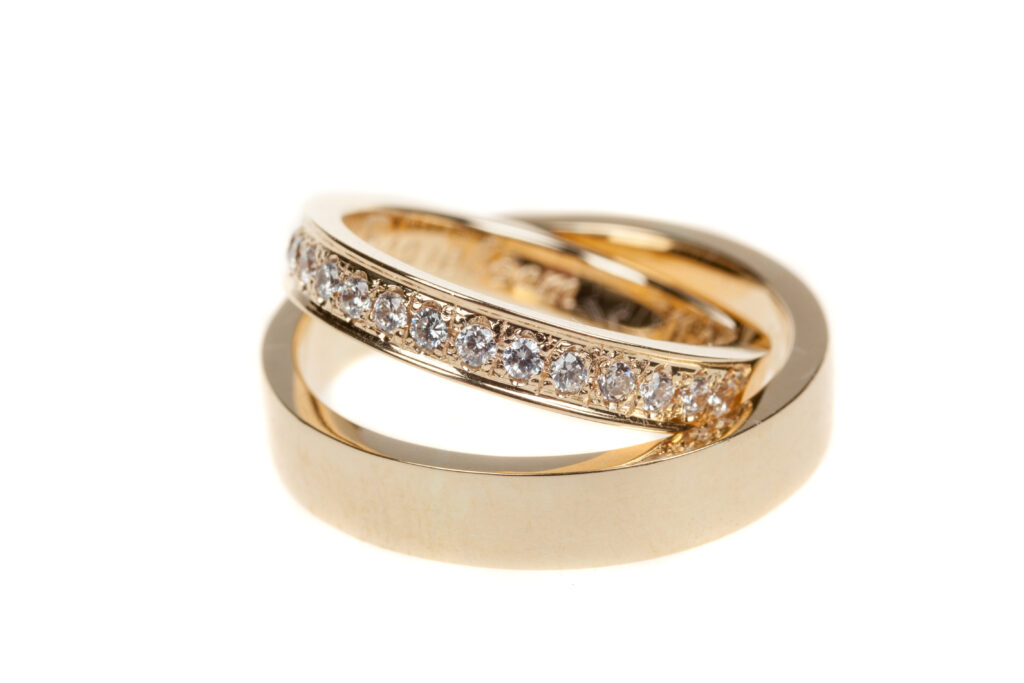Researching the history of a single gemstone can be a fascinating journey that combines science, culture, and art. Here’s how you can approach it in a simple and clear way.
## Start with Basic Identification
First, identify the gemstone clearly. Know its name, type (like diamond, ruby, sapphire), and any unique features such as color or cut. This helps narrow down your search to relevant information.
## Explore Geological Origins
Every gemstone has a geological story—where it formed deep inside the Earth or sometimes even in space. Look into mineralogy resources to understand how your gemstone forms naturally. Mineralogy studies reveal that minerals evolve over time depending on chemical conditions and planetary processes. For example, some rare minerals might only be found in one or two locations worldwide due to chance events during their formation.
Databases like Mindat.org provide detailed locality information for many minerals and gemstones which can help trace where your stone might have originated from based on known deposits.
## Investigate Historical Context
Gemstones have been treasured throughout human history for thousands of years. Research ancient civilizations’ use of your gemstone—Babylonians, Greeks, Romans all had writings about certain gems which often included myths or symbolic meanings attached to them.
Look into historical cutting techniques if applicable; for example, diamonds were cut differently across eras until modern methods developed after centuries of experimentation.
## Study Scientific Analysis Methods
Modern gemology uses advanced scientific tools to study gemstones deeply:
– Spectroscopy reveals chemical composition.
– Imaging techniques show internal structures.
– Isotopic analysis helps determine geographic origin by tracing elemental fingerprints unique to certain regions.
Institutions like the Gemological Institute of America (GIA) provide reports that include origin determination based on rigorous scientific research done over decades. These reports may also describe color grading using standardized terms important for market understanding.
## Check Market Evolution and Documentation
The commercial side is also part of a gem’s history—how it was traded or valued changes over time with new discoveries or lab technologies improving identification accuracy. Lab reports now often include origin details because buyers want assurance about authenticity and source ethics.
You can find articles discussing how labs evolved their reporting standards starting from mid-20th century innovations up through today’s sophisticated analyses combining multiple scientific approaches.
## Use Multiple Sources Together
Combine data from mineralogical databases, historical texts about cultural significance and trade routes, modern gemological lab results including spectroscopy images or isotopic data when available—all these pieces together create a rich picture of your gemstone’s past life—from formation deep underground through human appreciation across ages up until today’s market presence.
By following these steps patiently—starting from basic ID through geology then history then science—you’ll uncover not just facts but stories behind one beautiful piece of Earth’s natural treasure: your chosen gemstone.

